Product Description
PURPOSE
WHAT IS IT?
Dry white vinegar is liquid white vinegar, acetic acid (CH₃COOH) that’s captured in IP maltodextrin.
What’s “IP maltodextrin?” Think of it as a “taste truck,” that carries that big vinegar flavor. Worried about anything that sounds like “science” in your food? DON’T. Maltodextrin is natural, and can easily be good for you, and politically-correctly GMO-free.
(OMG, they talk chemistry? YES!! It’s the chemistry of vinegar, not the dark arts of mom-magic, that helps transform so many foods! Study the dark culinary arts of molecular gastronomy, and you too may make it to mom-quality-magician!)
WATCH, as an egg yolk and oil morph into Mayonnaise Morello. SEE a CUCUMBER turn into a butter pickle, or VOILA! Japanese sunomono.
Vinegar! It’s a preservative. It’s a flavorant! It’s the 7th Food Chemistry Wonder of the World!
It has many uses in its dried form, both as a flavorant, that bit of mouth-watering pungent sharpness, and as a chemical agent to strengthen the proteins of eggs, meat, and more.
So, whether you’re making a dry seasoning mix, where you need a little vinegar pop, like a salt & vinegar potato chip, or you want to thicken up an aioli, or a mayonnaise, without the liquid of a vinegar, to substitute the “wet” with a liquid flavoring, like a tomato pureé, do a little tenderizing of meat without brining, or create your own “packaged” food mix, dry is what you must try!
EXPERIENCE
Dried white vinegar is more intense, and should be used sparingly. It is best integrated into recipes where the acidity of vinegar is called for, where removing the liquid adds control to how much liquid remains in the recipe. It’s much better, for example to use the dry powder to coat a potato chip than the liquid. It is a tart to bitter taste on the tongue, and acidic.
CULINARY GEOGRAPHY
Powdered vinegar is a variation whose first recorded appearance is in England during the 17th century.
TRADITIONAL USES
- Salt & vinegar potato chips;
- To solidify egg proteins in molecular gastronomy;
- The tang in powdered cheese;
- Puddings and cake mixes.
A FEW IMPROVISATIONAL RIFFS
- Cover roasted mini potatoes with popcorn salt and powdered vinegar;
- Add to boiled water in a coffee cup, or other container, to make my Perfect Poached Eggs!;
- In Fryer’s Fish and Chip coating it pops the taste and reduces the salt!;
- A sprinkle, with ghee, and salt, makes my piquant peas!
HEALTH BONUS

Nutritionally, powdered vinegar is a bit of a zero. It does, however, offer a nice pop, even used directly, as a salt substitute, in moderation, for those on high sodium diets.
It can also be good as a flavorant for people with diabetes. It doesn’t affect blood sugar.
Too much acid, however, can upset your stomach. Use sparingly.
THE BACKSTORY
In 1615, a book called “The English Huswife” by Gervase Markham, contained the first-known recipe for making powdered vinegar using starch, a cruder version of the maltodextrin, a more purified “carrier” of the vinegar without the starch’s other elements. Its origins were for recipes which, like today, need vinegar pop either in dry applications, or without having to cook off the water.
Get top quality from our friends at SpiceJungle.

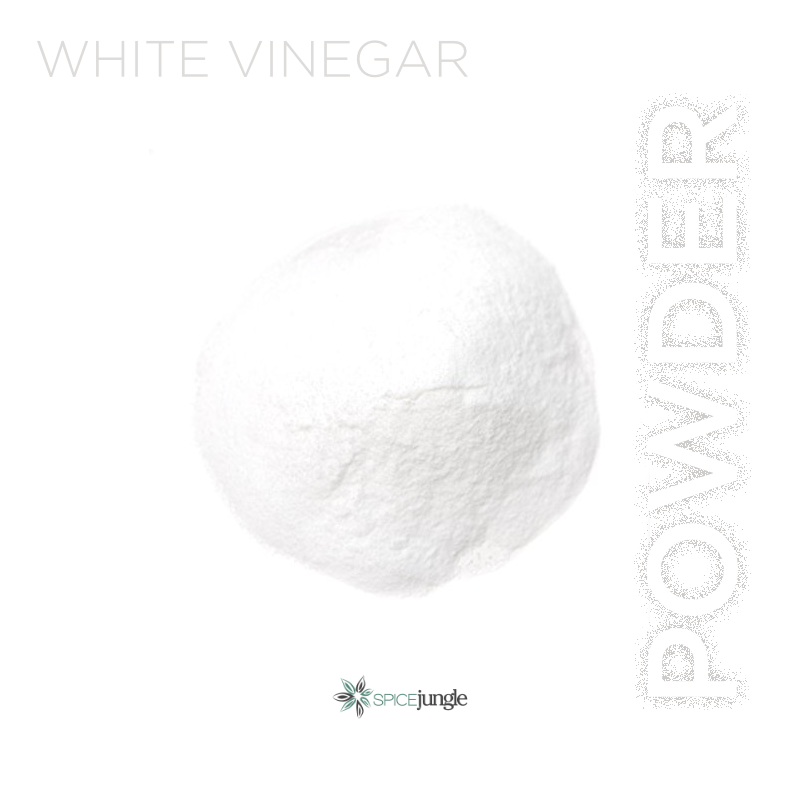

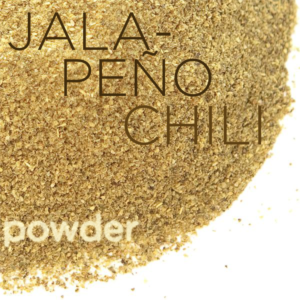
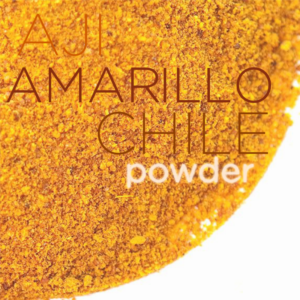
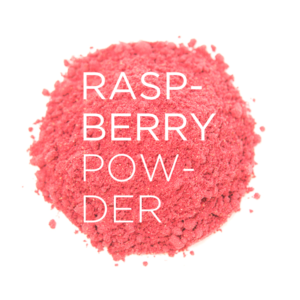
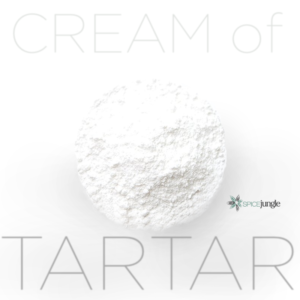
Reviews
There are no reviews yet.